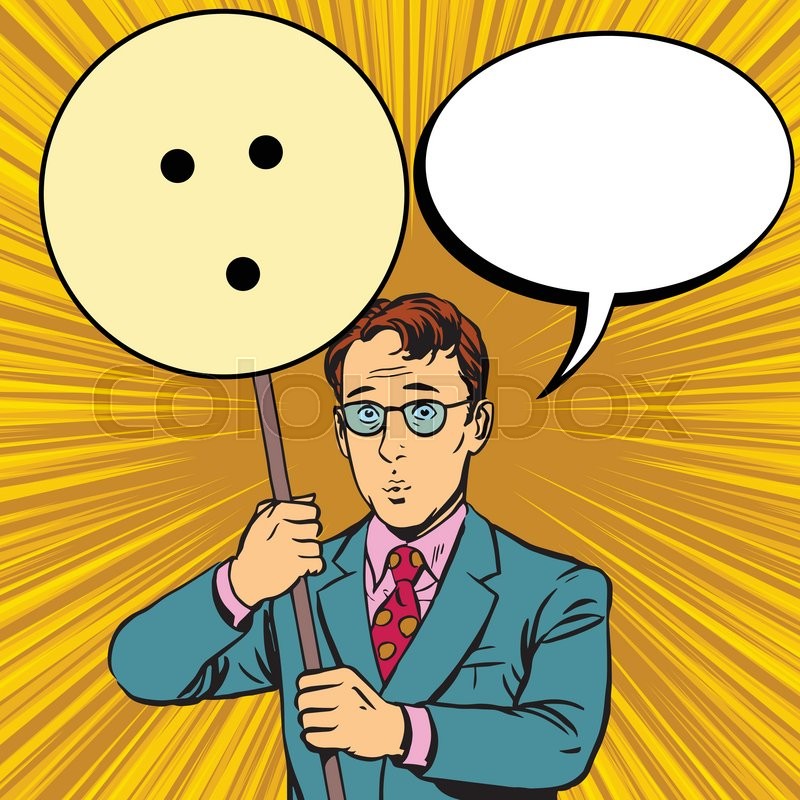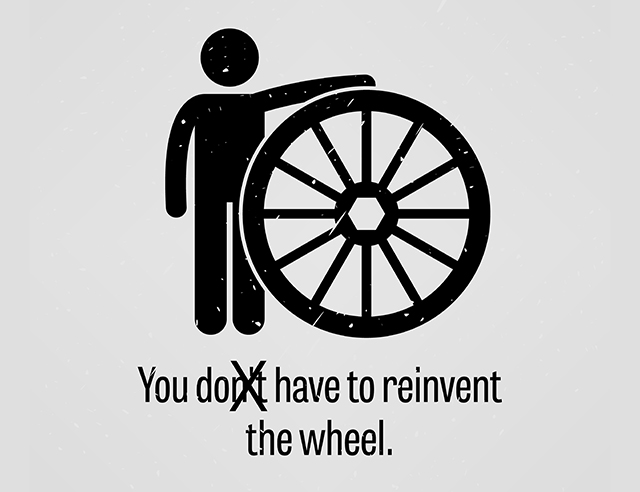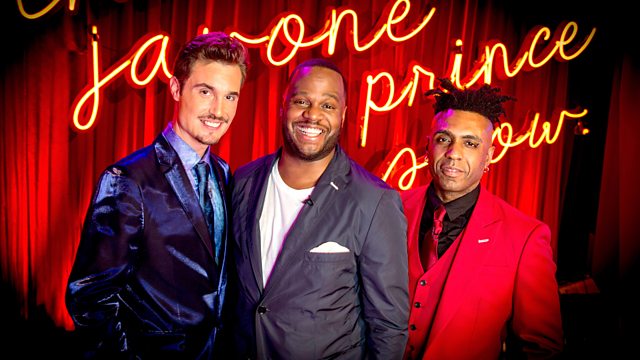
To coincide with this year’s Notting Hill Carnival I was interviewed by Sanjana Varghese and her excellent article in the New Statesman is here:
http://www.newstatesman.com/2017/08/big-mle-origins-londons-21st-century-slang
Developing further some of the ideas in Sanjana’s article, and based on our exchanges, here are some more thoughts on the subject of multiethnic language, in a ‘question-and-answer’ format:
1. What exactly is ‘MLE’?
The term MLE, coined in connection with Paul Kerswill and Jenny Cheshire’s research on dialect in 2004, describes a ‘social dialect’, ‘sociolect’ or informal spoken style of UK English used initially by ‘younger’ speakers and first identified in and first associated with London. This way of speaking is characterised by a vocabulary reflecting a high degree of ‘black’ (Caribbean English, terms possibly coined by afrocaribbean speakers in the UK, to a lesser extent US black ‘street’ language and hip hop terminology) influences and by intonation patterns and certain pronunciations which differ markedly from standard UK English and differ also from ‘traditional white working class’ accents although they retain some features such as glottal stops and ‘f’ instead of ‘th’. In lay terms, MLE appears to have a ‘lilting’, more regular intonation, resembling Caribbean and also South Asian speech, with some noticeable ‘cockney’ elements too. Its structure and syntax (‘grammar’) may display ‘deviations’ from traditionally ‘correct’ taught forms and the prestige dialects of ‘standard’ English and RP (received pronunciation). In terms of vocabulary, samples I have collected can contain up to 80% of Caribbean (so-called ‘patois’, but this is a slightly contentious term; it can be used dismissively by whites, though is happily employed by Jamaicans themselves) or other BAME lexis such as Somali, South Asian and in some isolated cases a few Turkish and Polish terms.
The designation MLE is well-known and widely used but, especially since this kind of speech (it is still largely a spoken variety of language, though increasingly appearing in writing in music lyrics and TV scripts and online forums and messaging) is no longer restricted to London and the core vocabulary in particular has spread to speakers all across the UK, some linguists prefer to call it Urban British English (UBE) or Urban Vernacular(s) or refer to it as a ‘multiethnolect’. It is now understood that mixed varieties of the same type have appeared in other European centres, and those in Germany (influenced by Turkish), France (influenced by North African and Arabic language) and Scandinavia (Turkish, Arabic, Somali) in particular are the subject of research. These forms of language tend to include a high level of what can also be termed ‘slang’, ie very informal and deliberately opaque codes generated by peer groups, gangs and ‘microniches’ such as gamers, skaters, cosplayers.
2. How has it managed to pervade British youth culture?
In the 60s and 70s Caribbean English was only encountered in subcultures and popular culture via Calypso and Ska and Reggae music. Younger black speakers tended to be ‘ghettoised’ and tended to reinforce their own exclusivity by not mixing much with other subcultures – even the mods and skinheads who admired their music, so there was little spreading of black language. This began to change with the Two-Tone movement of the early 1980s, while in school playgrounds, on the street and in clubs, black speech began to gain social – at least subcultural – prestige, with young black males seen as the most resistant to the dominant culture. By the 1990s this tendency had combined with the rise of breakdancing, rap and its associated style displays (headgear, footwear, ‘bling’, etc.) USA to make it an overriding fashionable ‘wave’ carrying with it its own terminology. At street level in London I recorded white working class schoolkids in the 1990s using more and more ‘Jafaican’ (horrible pejorative term though it is) – crossing and codeswitching with what teachers called ‘creole’, ‘recreolised lexis’ or ‘patois’ in their conversations. By the later 1990s Sacha Baron Cohen’s character Ali G was satirising this speech and the poses and style affectations that went with it. In the 2000s the ascent of UK Grime music along with influences and buzzwords from US hip hop reinforced the same tendencies, while in subsequent years social media and showbiz played a part, though the essential language was still coming from the street, particularly in London from gang culture and spreading by word of mouth. Although the tabloid press and broadcast has picked up on the phenomena they have not contributed significantly to actually propagating MLE.
3. Why has MLE attracted so much attention when other kinds of dialect change are common?
MLE is associated with social unrest, crime and what in the 60s was called transgression and ‘deviancy’, therefore lends itself to sensationalising (and mockery too) by the media and displays of staged disapproval by representatives of the status quo (see for instance statements – and prohibitions – by educationalists, politicians, conservative journalists). ‘MLE’ is also much more important and pervasive in bestowing subcultural capital than any other instances of dialect change (which tend to operate in the regional margins and away from the attention of metropolitans), so in its own milieux and nationally it has overwhelmed other – relatively minor – changes in the lexicon or in phonology. Other forms of language change which are significant are the abbreviated codes (YOLO, FOMO, smh, obvs, etc.) and US slang (‘slay’, ‘woke’, ‘lit’, ‘(on) fleek’) used by young people on social media, and the faux-fashionable journalese use of jargon (‘Brexit’, ‘yummy-mummy’, ‘silver surfers’, etc.)
4. Is MLE unique to London and to English?
As noted above the same language phenomena are being observed in all global urban environments, most similarly in other diverse European capitals. In the UK MLE-like language is being studied particularly in Manchester (see e.g the work of Dr Rob Drummond and the Manchester Centre for Youth Studies) and Birmingham, but even in rural villages many kids are now familiar with the core terms (‘bare’, ‘peng’, ‘allow it’, ‘hench’ etc). Sadly, too, many entirely innocent British teenagers are familiar with the latest slang names of knives, guns and drugs.
5. Why are the borrowings in MLE overwhelmingly from Jamaica?
The Ali G persona was satirising what were then derided on the street as ‘wannabes’ or ‘wiggas’ (white niggas), pretending to be black, therefore cool. Gautam Malkani’s novel ‘Londonstani’ drew upon hybridity to mock a white boy pretending to be a cool Asian – actually a much rarer occurrence. Although Bhangra and Bhangramuffin music were briefly popular, as were musicians such as Apache Indian, Asian Dub Foundation and Jazzy B, South Asian pop culture, music and language has not challenged the domination of Afrocaribbean influence on MLE, hasn’t really crossed over despite Malkani.
The South Asian and Chinese and Japanese communities, Turkish and Somali and Polish communities for example just don’t have the same subcultural glamour and image of resistance and transgression, and therefore linguistic prestige as those with links to the Caribbean. It’s also very important that Caribbean speech is a variety of English, not a ‘foreign’ language, therefore very accessible and closely related, albeit with a very different sound.
6. Can the growth of this kind of multiethnolect be attributed solely to immigration?
The emergence of this type of mixed code, with accompanying informal lexicon and novel pronunciations is also about the dwindling within the UK of traditional social, cultural and linguistic authorities, the conditions of superdiversity in which people live and a new assertion of ‘minority’ identities, new access to media and communication. There are no longer power-groups within society or cultural influencers who have the capability of stemming or proscribing language change or enforcing disapproval of informal, provocative behaviour. Even when particular schools ban the use of slang, they are only momentarily affecting a very small segment of society.
7. Should we be worried by this particular aspect of language change?
From a purely objective linguistic perspective, language change, variation and innovation is not worrying. It’s a natural process, indeed a fascinating process and worthy of study. For someone like me, a lexicographer collecting slang and new language, new forms and new usages, as in the very dynamic and complex MLE matrix, are illustrations of the established workings of the language – the technical potential of English to create novel forms and combinations, also managing the well-known functions of language – to judge, to categorise, to help bonding and reinforce identities; the stylistic performance of language in terms of rhetoric, irony, poetics, etc.
BUT anything that is seen as part of a culture of crime, violence, drug abuse, family breakdown, even if it is more a product than a cause, will worry many people. Any significant changes in language will disturb and destabilise many people for whom their grasp of and usage of language is a fundamental part of their identity (often seen as something essential and unchanging, even if it isn’t really). For these reasons it’s not enough for linguists (or any liberals, ‘progressives’, descriptivists, etc.) simply to dismiss the concerns of traditionalists and conservatives – and ordinary worried parents, teachers and others. Given that you can’t legislate against such language, it’s important to study it, debate and discuss it and see it for what it is.
One possible reassurance is that MLE has been seen as a temporary, developmental, transitional practice, just as youth slang has been assumed to be something that young people grow out of once they enter the adult world of work, family and other responsibilities. I have written that the vocabulary of multiethnic slang is inherently unlikely to persist into adulthood, dealing as it does with adolescent concerns: dating, sex, experimentation, illicit practices and managing prestige and competition within teenage gangs for instance. My colleague at King’s College London, sociolinguist and discourse specialist Professor Ben Rampton has, however, shown in small-scale studies that some of the features of MLE, in particular the practice of ‘crossing’ or code-switching between languages in mid conversation, may not be confined to ‘youth’ and may not be discarded in that way*. For me, this possibility most obviously relates to its intonation and pronunciation which I think may well come to have a pervasive influence in many circles in the UK, possibly changing ‘mainstream’ English in years to come. This can already be seen not just in young white and Asian people consciously imitating the sound of Jamaican, but in a new rhythm and emphasis in everyday speech which is shared by a wide variety of young adults, so that if you hear but can’t see the speaker, it’s impossible to determine their ethnicity. This was nicely satirised by the TV comedy series PhoneShop but is now really the case in diverse communities like Croydon, the fictional setting for the show, and a few elements of which are showing up in reality TV abominations like Love Island.
For most linguists the yardsticks by which we judge language are not ‘correctness’ or association with prestige – ‘poshness’ in other words, but just two criteria: ‘intelligibility’ (is it mutually comprehensible?) and more importantly ‘appropriacy’ (is it the right kind of language to fit the social context?). If you apply the notion of appropriacy there’s nothing inherently bad about MLE, or slang, providing it is used in a suitable setting, such as a school playground, club, on the street, in private banter, and not in school essays, exams, job interviews, formal encounters, in front of your Gran, etc.
*Some sociolinguists think that focusing on ‘youth language’ itself is discriminatory and is creating false categories. I have been criticised myself, both by conservatives for celebrating ‘ghetto language’ and one or two linguists who accused me of labelling the young and their behaviour. All I can say is that young people I have interviewed have very often referred to multi-ethnic slang as ‘our language’, the language of ‘the youth’.

Three years later, in 2020, I talked to Audrey Damier about MLE, slang and London youth.
Her article for The Londoner is here:
DO YOU SPEAK MLE?
In February 2022 the New Yorker printed an extract describing an expatriate American mother’s discovery of MLE:
https://www.newyorker.com/culture/personal-history/the-common-tongue-of-twenty-first-century-london
And…in June 2022…the news reached the Guardian:
The Guardian article, and predictably clumsy reactions by the Mail and Telegraph prompted the following, more interesting consideration in iNews:
In April 2023 Dr Christian Ilbury made freely available (and kindly gave permission for this link to) his hugely important article describing the ‘roadman’ persona as a central feature of MLE:
In May 2024 Dr Johanna Gerwin published her analysis of the UK press reporting on MLE and its construction and manipulation of ideologies and identities:
https://www.sciencedirect.com/science/article/pii/S0271530924000314








